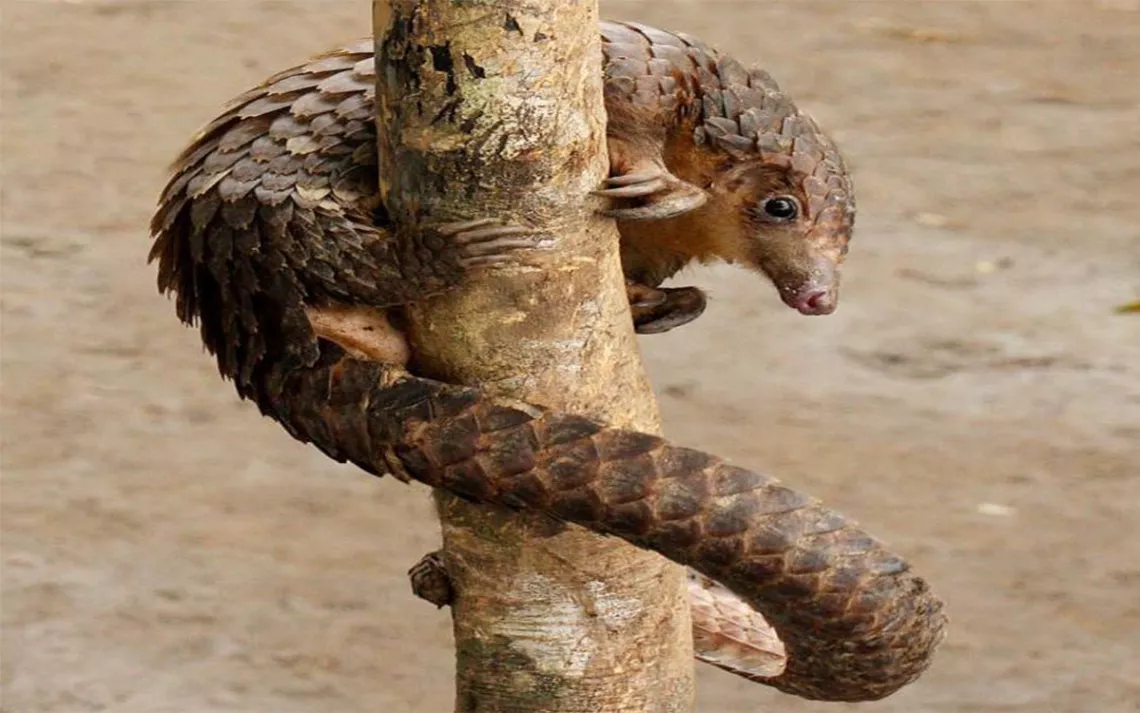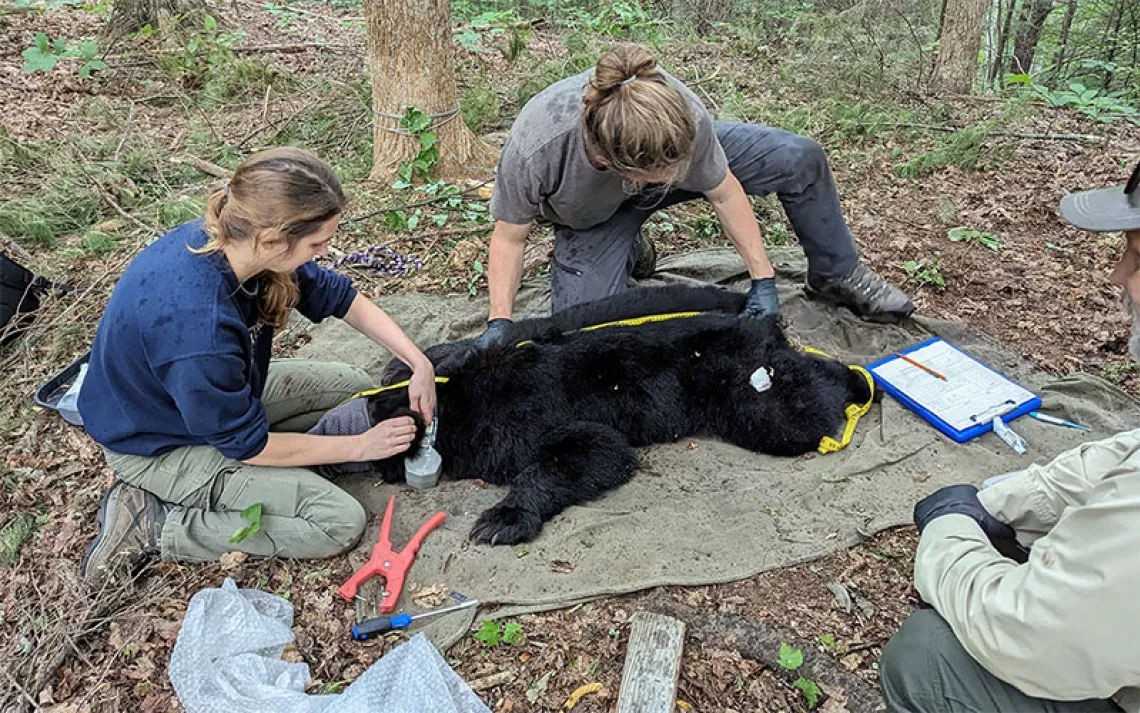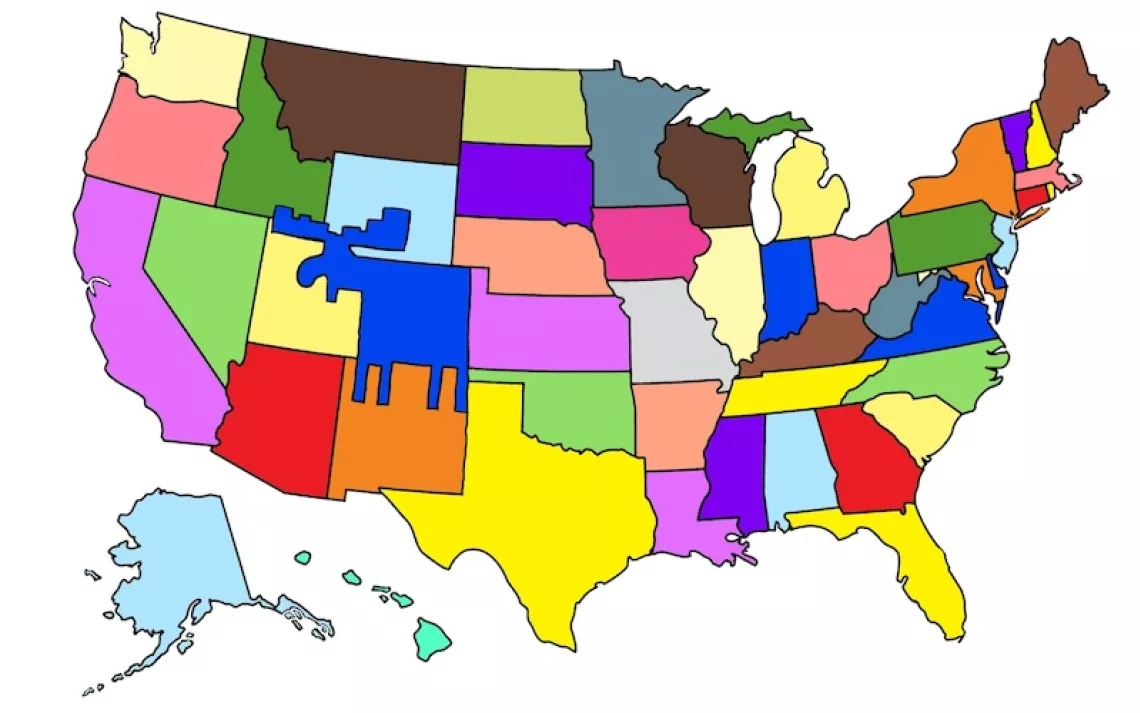Scaling Up Research for the Pangolin
Saving the most trafficked mammal in the world comes down to the numbers

Photo courtesy of National Botanic Garden of Belgium
Illegal poaching is often associated with elephants, tigers, and rhinos. But it turns out the world’s most trafficked mammal is one with which some people in western nations might not be as familiar. There are eight species of pangolin in the world, four in Asia and four in Africa; all of them are now considered vulnerable to extinction because of a growing international trade wiping out the cat-sized scaly animals from the wild. The problem is, researchers don’t even have baseline information about the primarily nocturnal creatures, three species of which live in the nations of central Africa. That’s why Daniel Ingram from the University of Sussex and his colleagues undertook the first study trying to determine just how much pressure subsistence hunting has placed on the species.
In the past decade, the taste for pangolins, also known as scaly anteaters, has boomed in Asia, primarily in China and Vietnam. A soup made from the animal is a status symbol used during celebrations, and the animal’s blood and scales are popular ingredients in traditional medicine. Over the past few years, customs agents have intercepted tons of smuggled pangolin scales, frozen pangolins, and live pangolins destined for these nations. By some accounts, between 100,000 and 250,000 pangolins are illegally traded each year, with the IUCN estimating more than one million animals have been taken from the wild in the last decade.
Because of this international trade, all four Asian pangolin species have seen precipitous drops and are classified as endangered or critically endangered. The African species are all classified as vulnerable, but the pressure on them is mounting. According to the wildlife trade-monitoring group TRAFFIC, in the past most illegally traded pangolins were Asian species. But since 2010, 79% of pangolin scales intercepted by customs officials are African. Ingram and his team hope that learning about the animals and establishing some baseline science will save African pangolins from facing the same fate as their eastern cousins.

Photo courtesy of TRAFFIC
For the study in the journal Conservation Letters, Ingram and his colleagues analyzed data from 113 local sites in 14 countries in central Africa. Examining data about the numbers and price of pangolins found in hunting camps and bushmeat markets in rural and urban areas, the team was able to make some estimates about the numbers of animals captured annually. What they found is that between 400,000 and 2.7 million pangolins per year are currently hunted for the bushmeat market, a 150 percent increase since the 1970s. Ingram stresses that this number is primarily from subsistence and market hunters, not from the international trade, which probably uses other channels to obtain the creatures, though some subsistence hunters are getting into the business.
That’s a pretty wide estimate, but a good start, especially since it’s been difficult to come up with an overall population of pangolins to begin with. “Two species of pangolins are arboreal and hard to see during the day and even harder to see at night,” says Ingram, making them hard to count. The lack of stable governments or wildlife agencies in the region also means data on the animals is spotty.
According to the study, 45% of the pangolins found in the analysis were juveniles or subadults, meaning the animals were being caught before breeding age. Pangolins are slow to reproduce and usually birth just one pup per year, meaning that current hunting levels are likely unsustainable. More than half the pangolins were caught using traps and snares as well, even though wire snares, which capture animals indiscriminately, are illegal in the region.
The study also revealed that while pangolins grew from less than one percent of the animals taken by hunters in the 1970s they now account for about 2% today. It’s possible that as larger animals, including deer-like duiker and primates, have become scarce, hunters have focused on small animals. But the study found pangolin numbers in the meat markets has not increased over the same time period, meaning many of the animals could be sold off by hunters through black market channels to wholesalers, a process that has been documented in Ghana. International traders have also been documented buying pangolins from hunters in Gabon.
Getting a grip on the size of the African pangolin population, and untangling the impact of subsistence hunting from the international pangolin trade, is important in helping to monitor and protect the animals. And they increasingly need help. In June alone, Malaysian authorities intercepted three large shipments of pangolin scales from Africa, totaling almost 2,500 pounds and valued at $1.2 to $2 million. Between 2013 and 2016, authorities intercepted 20 tons of pangolin scales in shipments that began in Africa.
“Our new study shows that African pangolins are at risk. We now have the opportunity to ensure that these species do not follow the severe declines of the Asian pangolins,” Ingram says in a statement. “If we do not act now to better understand and protect these charismatic animals, we may lose them in the future.”
 The Magazine of The Sierra Club
The Magazine of The Sierra Club






